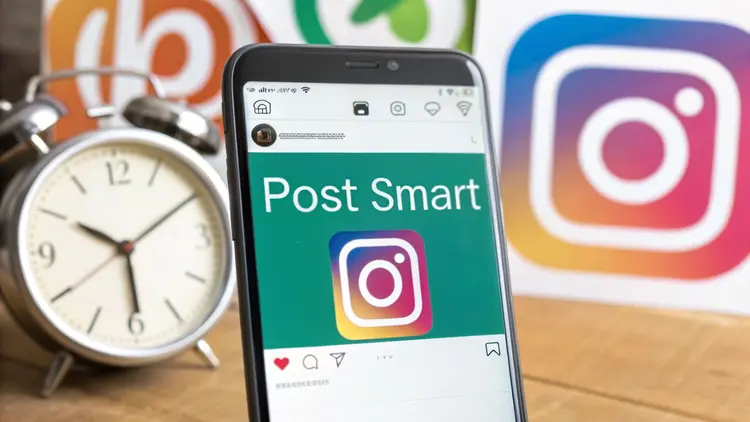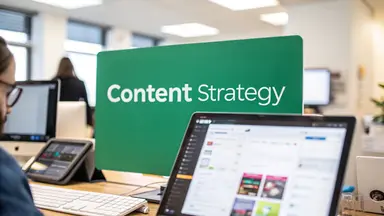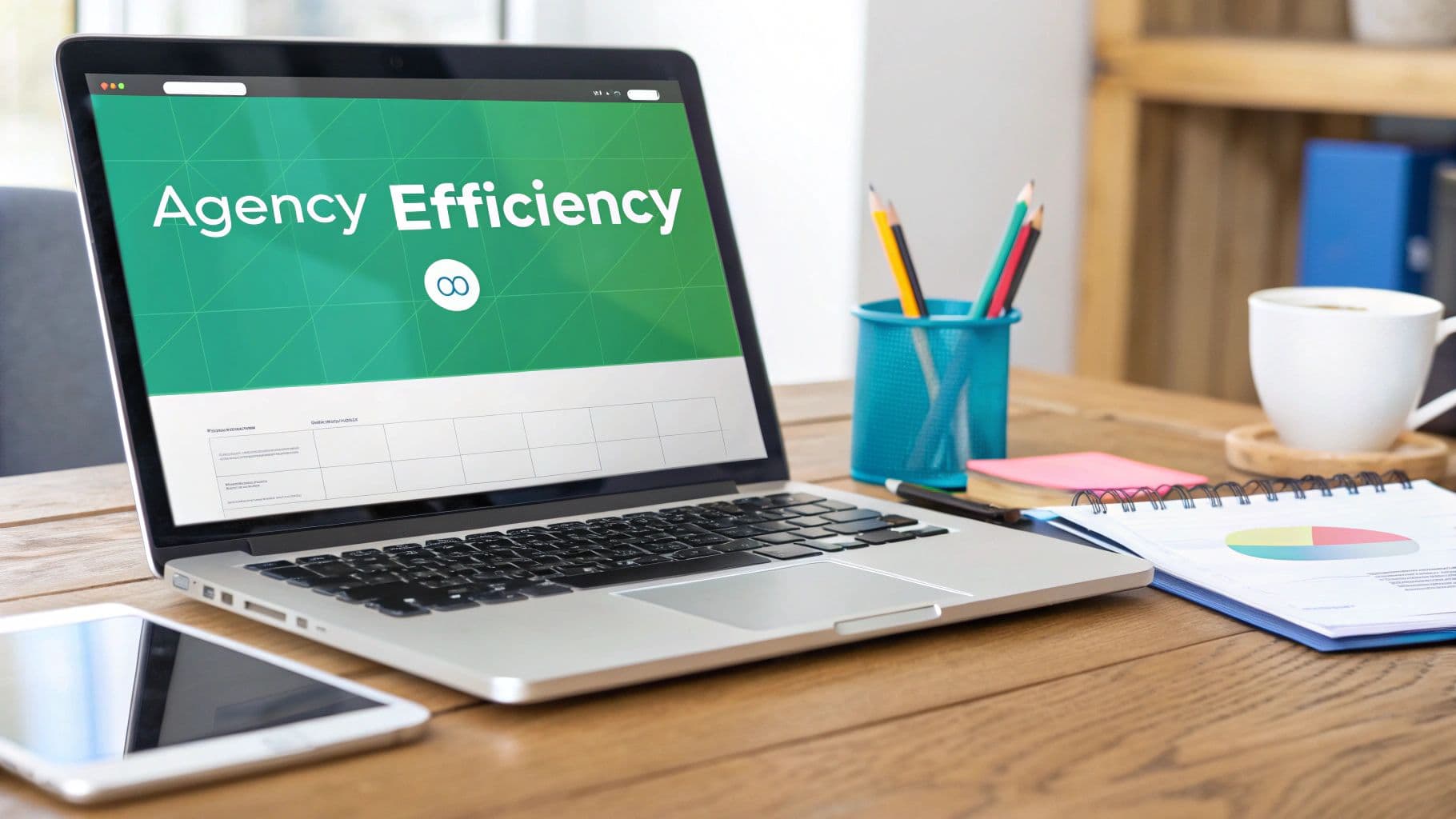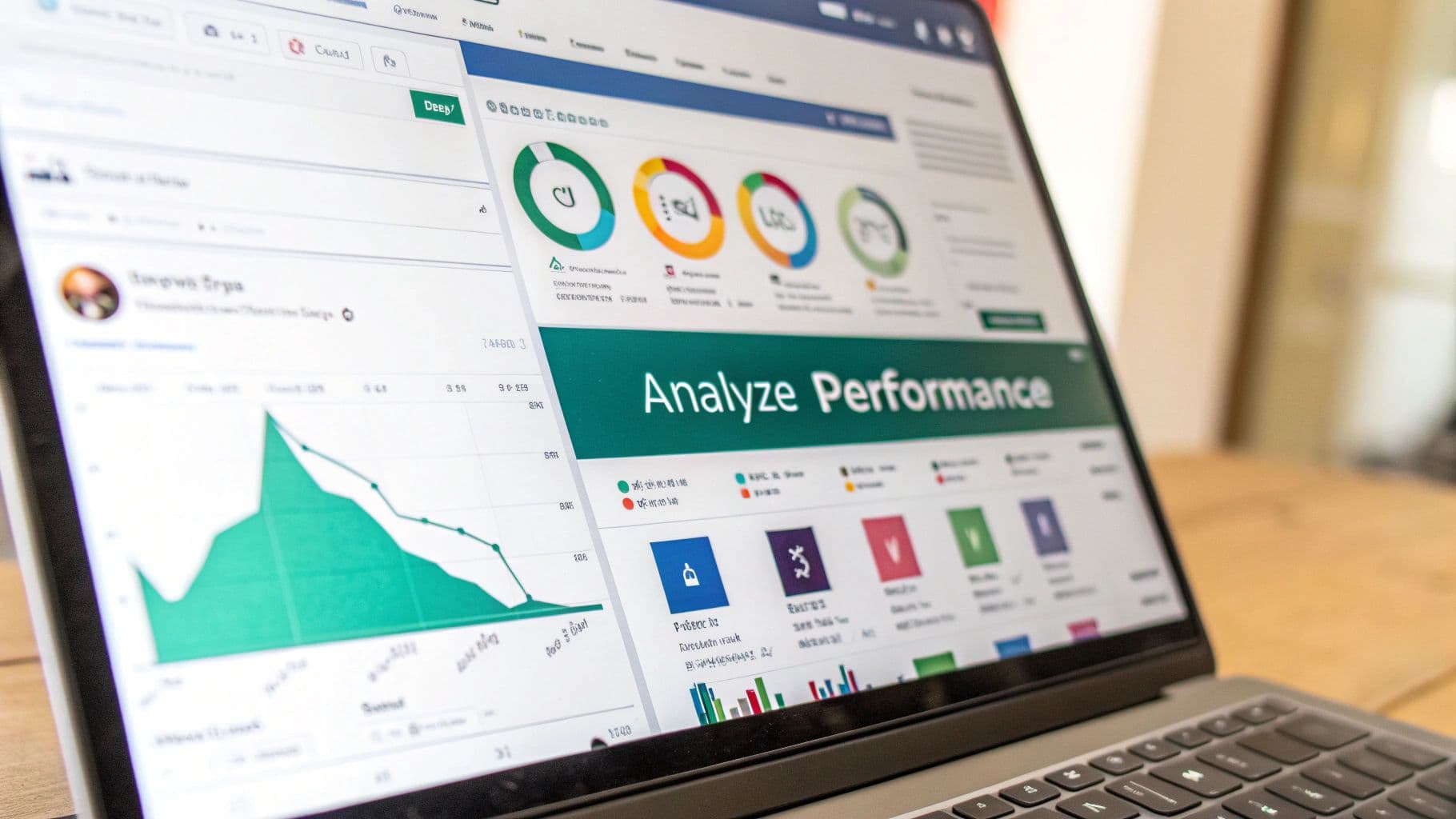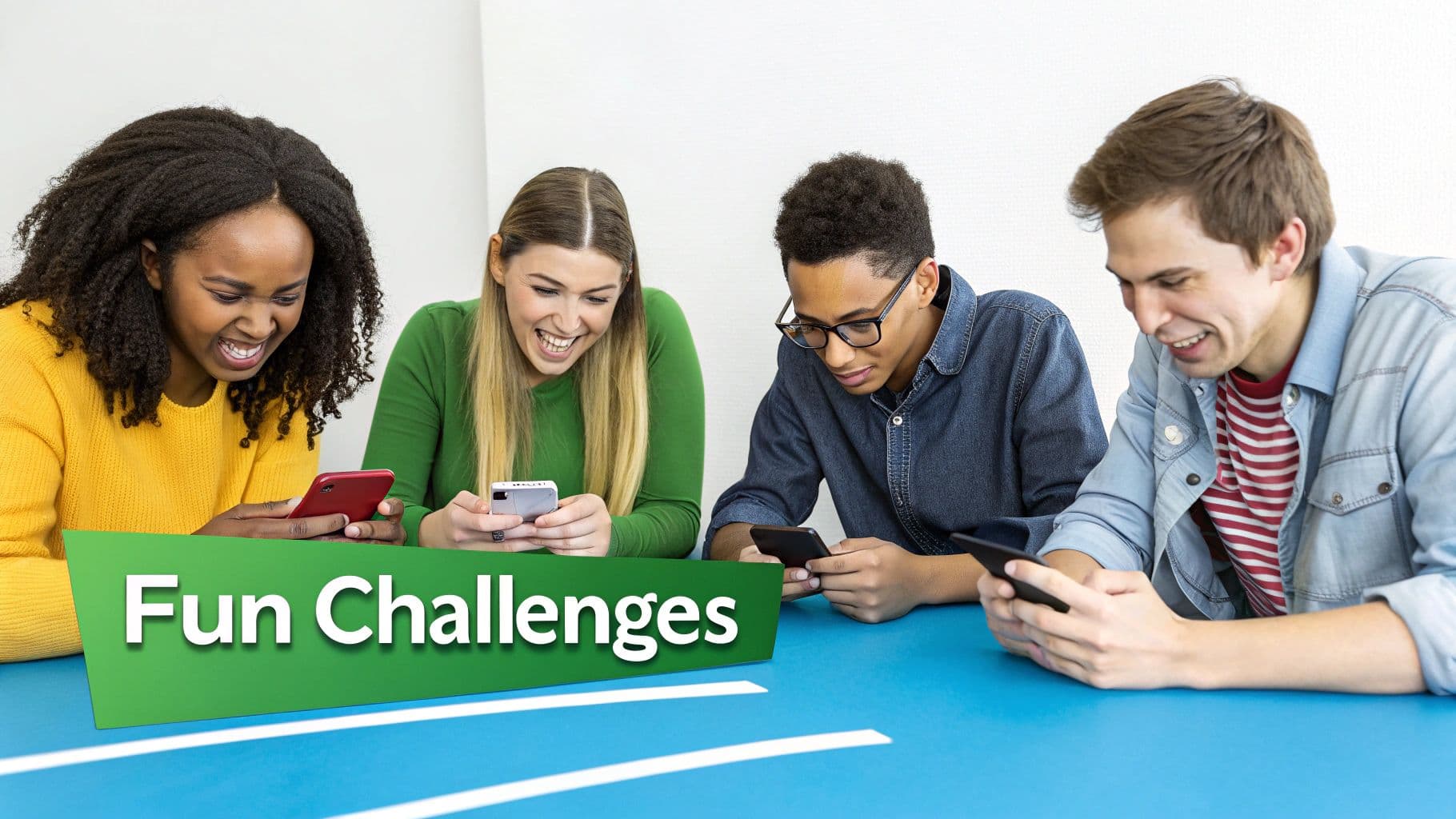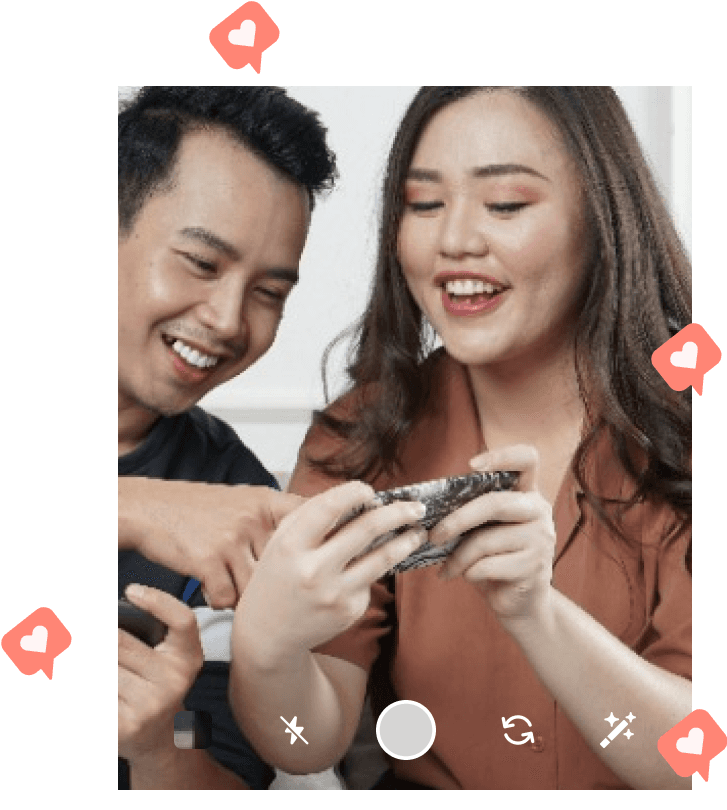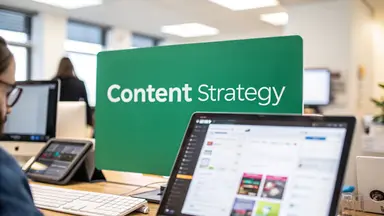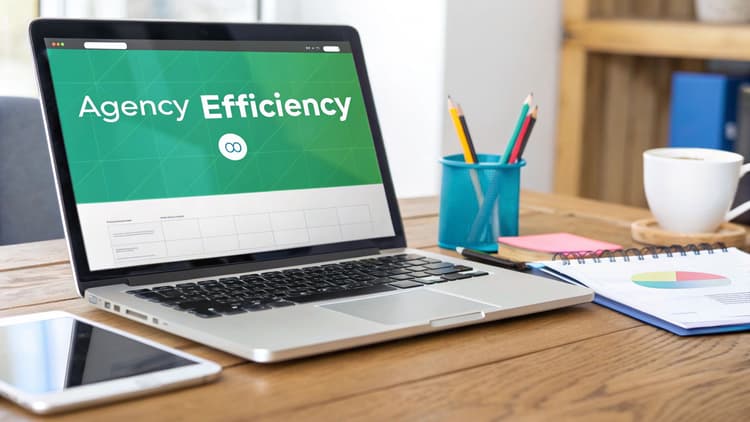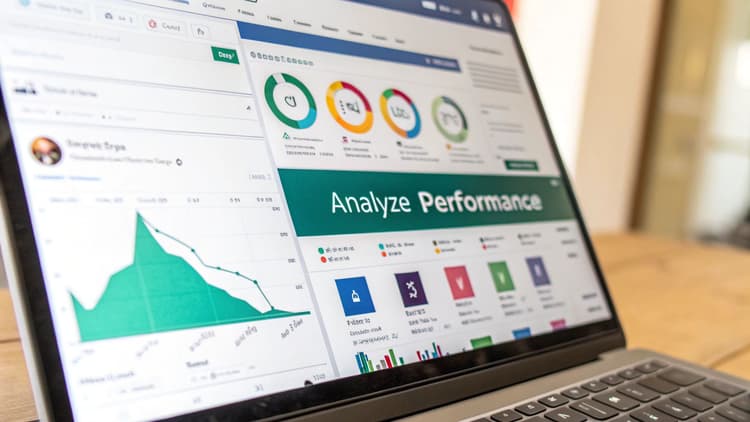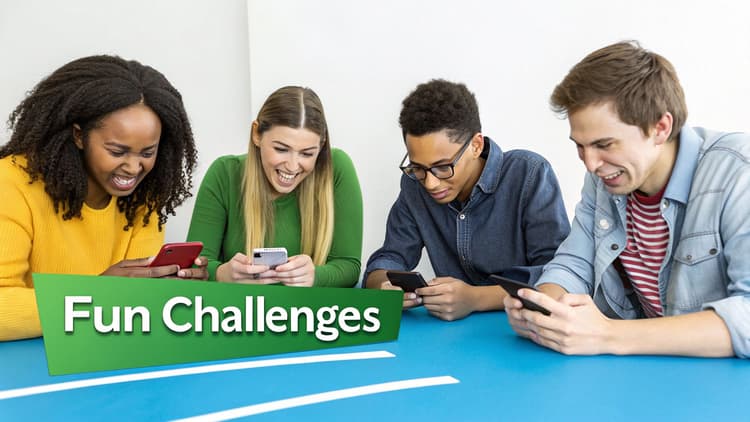Ready to Boost Your Instagram Engagement?
1. Leverage Instagram Analytics/Insights Data
Stop guessing and start knowing when your audience is most engaged. Leveraging Instagram Analytics/Insights data is the most effective way to pinpoint the optimal posting times for your specific audience. This strategy ditches the generic "best times to post" advice and empowers you to create a personalized posting schedule based on real data. By analyzing your account's Insights (free with a business or creator account) or utilizing third-party analytics tools, you gain access to a treasure trove of information about your followers' activity patterns. This data-driven approach lets you understand exactly when your followers are online and most likely to interact with your content.
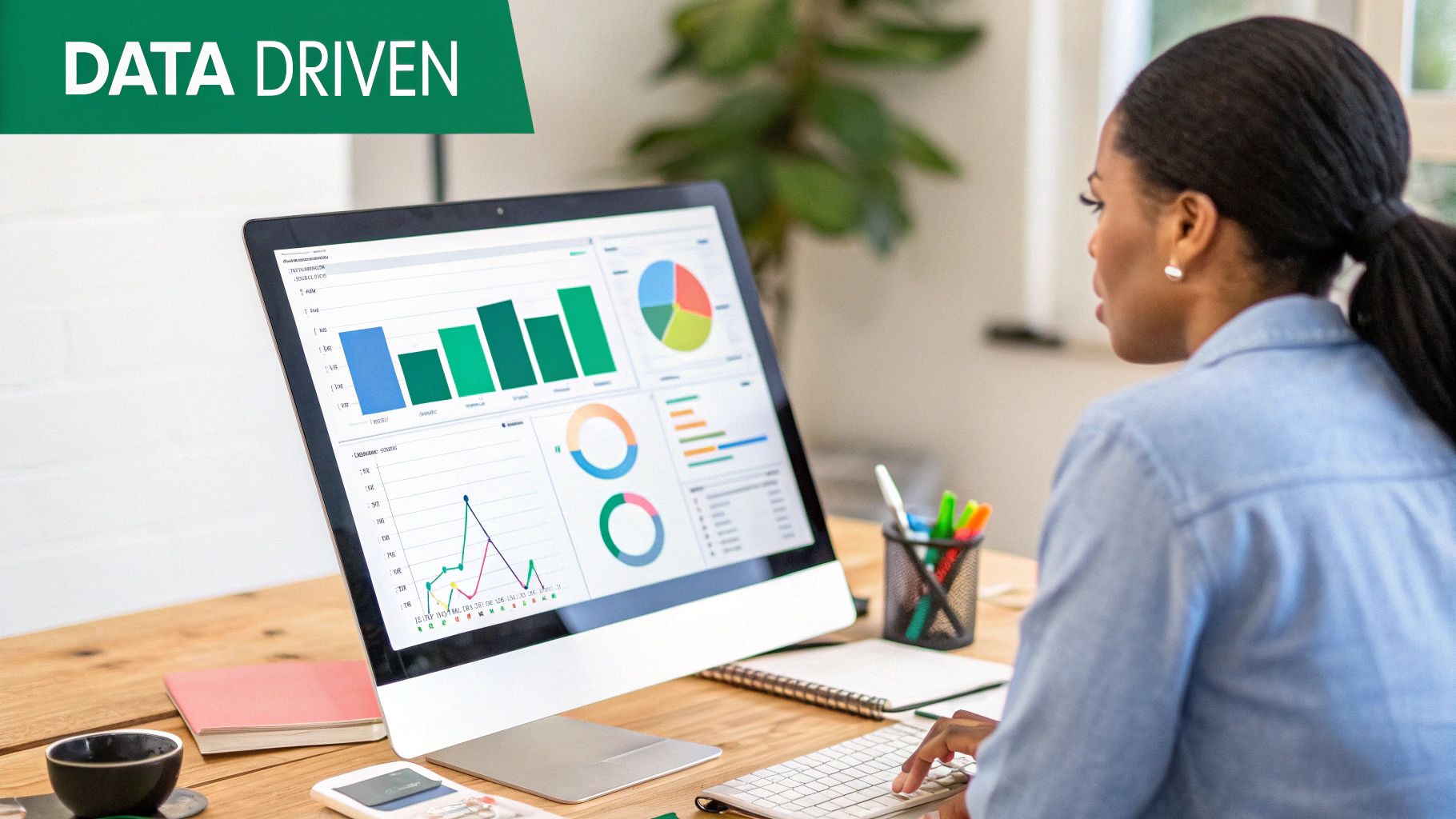
Features and Benefits:
Access to follower activity by day and hour: When your audience is most active on Instagram.
Custom data based on your actual audience: No more relying on generalized advice; this method provides data tailored to your unique followers.
Historical performance of previous posts: Analyze how your previous posts performed at different times to identify trends and patterns.
Tracks engagement rates across different posting times: Understand which posting times generate the most likes, comments, shares, and saves.
Pros:
Highly personalized to your specific audience: This approach ensures you’re reaching your followers when they’re most receptive.
Based on actual data rather than general advice: Data-driven decisions are more likely to lead to tangible results.
Adapts to changes in your audience's behavior over time: As your audience grows and evolves, your insights will adapt, allowing you to maintain optimal posting times.
Available for free through native Instagram tools: No need to invest in expensive third-party tools if you have a business or creator account.
Cons:
Requires business or creator account to access Instagram Insights: You’ll need to switch to a business or creator account to access this valuable data.
Needs sufficient posting history to establish meaningful patterns: New accounts with limited posting history may need time to gather enough data for reliable insights.
May require continuous monitoring as audience behaviors change: Audience behavior isn't static; regular monitoring ensures your strategy remains effective.
Can be time-consuming to analyze properly: While Insights are valuable, they require dedicated time for proper analysis and interpretation.
Examples of Successful Implementation:
Huda Beauty: This global beauty brand uses follower insights to strategically time product launch announcements for maximum reach across various time zones.
National Geographic: By analyzing peak engagement times across different time zones, National Geographic ensures their breathtaking visuals reach a global audience at optimal moments.
Gary Vaynerchuk: A prominent entrepreneur and marketing expert, Gary Vaynerchuk often emphasizes the importance of using Instagram Insights to optimize posting schedules.
Actionable Tips:
Check your Insights weekly for shifts in audience behavior: Regular monitoring helps you identify and adapt to any changes in your audience's activity patterns.
Test different times within your peak activity windows: Even within peak hours, there might be more optimal times; experimentation is key.
Look for patterns across different content types (photos vs. videos): Your audience may engage differently with various content formats at different times.
Export data to spreadsheets for deeper historical analysis: For a more in-depth understanding, export your Insights data to a spreadsheet for advanced analysis and trend identification.
When and Why to Use This Approach:
This approach is essential for anyone serious about maximizing organic reach and engagement on Instagram. Whether you're an influencer, a small business owner, a brand manager, or a content creator, understanding your audience's behavior is paramount. By leveraging Instagram Analytics/Insights data, you can ensure your content is seen by the right people at the right time, ultimately driving growth and achieving your social media objectives. This method earns its top spot on this list because it offers the most personalized and effective way to optimize your posting schedule for genuine engagement. While other tips provide general guidelines, data-driven insights provide the key to unlocking your account’s true potential.
2. Global Time Zone Targeting Strategy
For brands and influencers with a globally dispersed audience, a "one-size-fits-all" posting schedule simply won't cut it. This is where the Global Time Zone Targeting Strategy comes into play. This approach involves strategically scheduling your Instagram posts to reach different audience segments in their respective time zones, maximizing your content's visibility and potential for engagement. Instead of posting once and hoping for the best, this method utilizes multiple posts throughout the day, or carefully chosen compromise times, to effectively engage followers across major markets. This ensures your content doesn't get buried in the feeds of followers located halfway around the world.
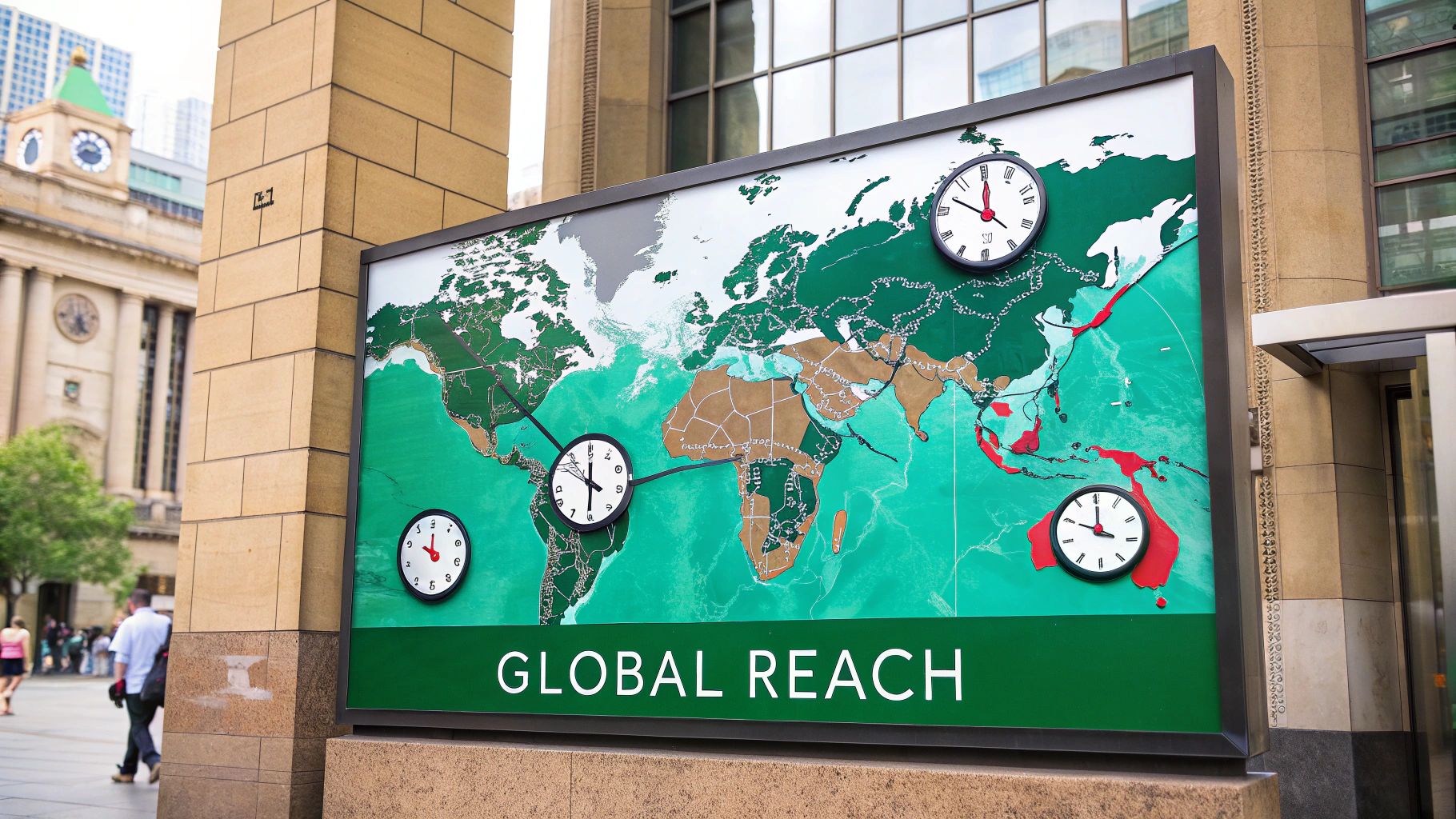
This strategy deserves a spot on this list because it addresses the challenges of reaching a global audience. Its core features include targeting multiple geographic regions throughout the day, utilizing scheduling tools to automate posting during off-hours, mapping audience distribution across time zones, and often incorporating 2-3 strategic posting windows daily. This allows brands and influencers to connect with their audience when they are most active online, regardless of location. For example, Nike effectively uses this strategy, posting at different times to target Asian, European, and American markets. Similarly, travel influencers like @earthpix schedule content to align with their followers' prime evening hours across different continents, ensuring maximum visibility and engagement. Even entertainment giants like Netflix adjust their posting schedules around global release times to capitalize on heightened interest and maximize engagement. Learn more about Global Time Zone Targeting Strategy
Pros:
Maximizes reach across global audience segments: Your content has a higher chance of being seen by a larger portion of your followers.
Prevents content from being missed by international followers: No more worrying about your posts getting lost in the algorithm due to time zone differences.
Can increase overall engagement rates significantly: Reaching audiences when they are most active online leads to more likes, comments, and shares.
Works well for brands with distinct regional customer bases: Tailor your messaging and posting times to resonate with specific regional preferences.
Cons:
Requires more content creation to support multiple posting times: You'll need a robust content calendar to maintain a consistent flow of engaging posts.
Can be complex to manage without scheduling tools: Manually managing multiple posts across various time zones can be time-consuming and inefficient.
May fragment engagement across multiple posts: Engagement might be spread thinner across multiple posts instead of concentrated on a single one.
Difficult to find optimal times that work for all major regions: Perfect synchronization across all time zones can be challenging.
Tips for Implementing a Global Time Zone Targeting Strategy:
Use Instagram Insights to identify your top 3-5 geographic locations: Focus your efforts on the regions where the majority of your followers reside.
Calculate optimal posting times for each major time zone group: Research and experiment to determine the best times to reach your audience in each target region.
Create a consistent posting schedule that followers can anticipate: Regularity helps build engagement and allows followers to know when to expect new content.
Consider using geotargeting for posts that are region-specific: Target specific locations with tailored content for maximum relevance.
Use scheduling tools like Later, Hootsuite, or Buffer to automate posting: Streamline your workflow and ensure the timely delivery of your content across different time zones.
This strategy is popularized by multinational brands, influencer marketing platforms, and social media management tools like Meta Business Suite and Sprout Social. It's an invaluable tool for anyone serious about maximizing their reach and engagement on a global scale.
3. Industry-Specific Timing Strategy
The Industry-Specific Timing Strategy ditches the one-size-fits-all approach to Instagram posting and recognizes that the best times to post vary dramatically depending on your niche or industry. This method focuses on aligning your content with the contextually relevant moments in your followers' daily routines. For example, a food blogger wouldn't post dinner recipes at 7 am when most people are just starting their day. Instead, they'd aim for late afternoon or early evening when their audience is beginning to think about what to cook for dinner. This strategy leverages the power of being present when your content is most useful or inspiring to your target audience.
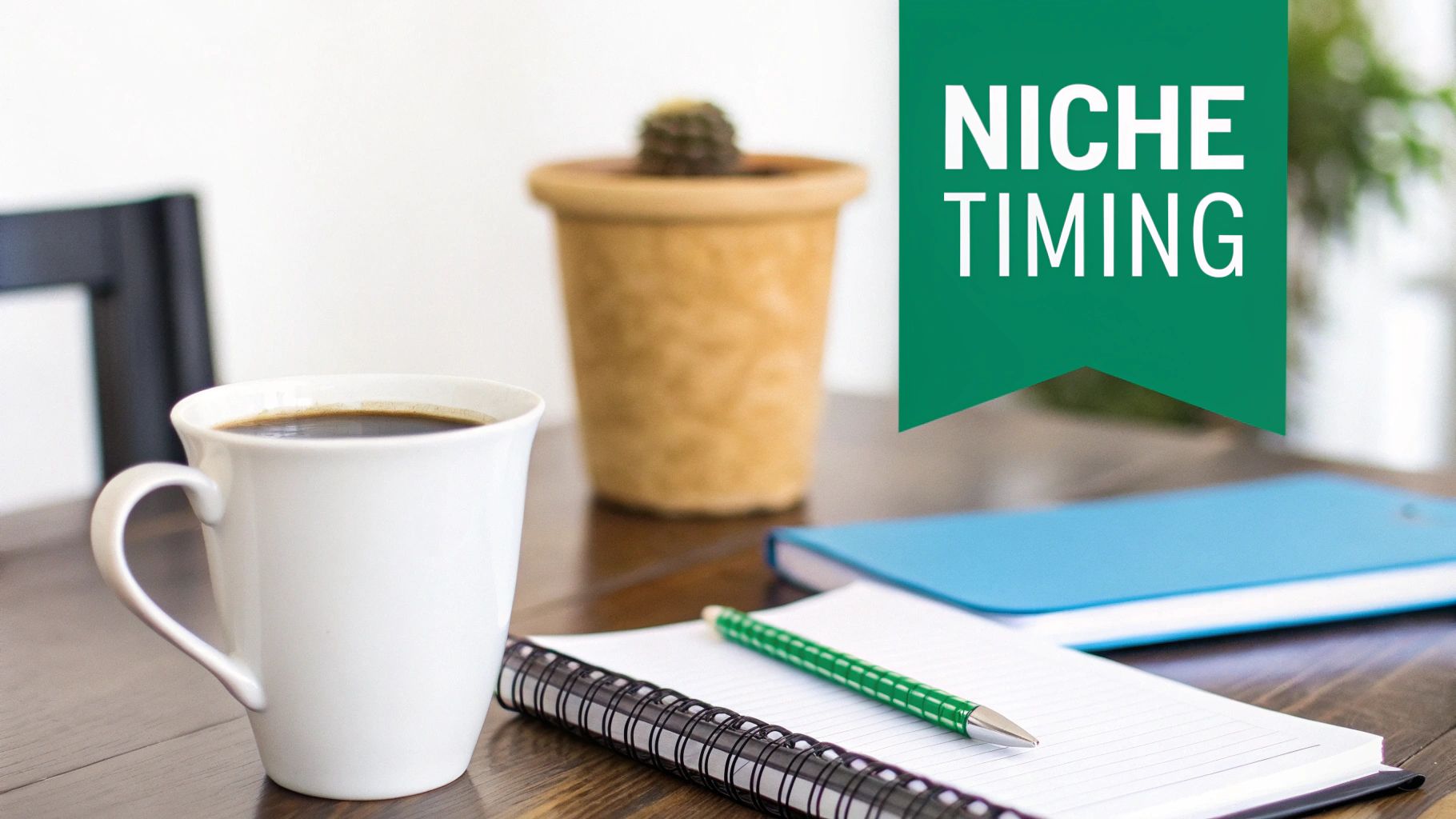
This strategy is built around understanding and utilizing specific user behaviors. Features include creating posting schedules aligned with industry-specific activity peaks, targeting contextually relevant moments (like sharing motivational fitness content in the morning), considering lifestyle patterns and content relevance, and laser-focusing on when people are most receptive to specific content types. This allows you to match your content with moments when it’s most useful or inspirational, often resulting in higher conversion rates for related products or services. Furthermore, consistent posting at these optimal times can create habitual engagement, with followers anticipating and interacting with your content at specific times. This tailored approach can significantly outperform generic best practices for engagement.
The successful implementation of this strategy can be seen across various niches. Fitness influencer Kayla Itsines posts workout content early mornings when people are planning their exercise routines. Food blogger @pinchofyum shares dinner recipes around 3-4pm when people are planning evening meals. Cosmetics brand Glossier posts skincare content in the evening when followers are likely performing their nighttime routines.
Pros:
Matches content with moments when it's most useful or inspirational.
Often results in higher conversion rates for related products/services.
Creates habitual engagement with followers at specific times.
Can outperform generic best practices significantly.
Cons:
Requires deep understanding of audience behavior patterns.
May limit posting frequency to specific windows.
It can be challenging for accounts with diverse content types.
Needs regular adjustment as seasonal patterns change.
Tips for Implementing an Industry-Specific Timing Strategy:
Research your competitors: Analyze when competitors with high engagement are posting. Tools like Iconosquare and Tailwind can assist with this.
Survey your audience: Directly ask your followers about their daily routines related to your content.
Experiment with timing: Test content at different contextual moments (e.g., Monday motivation vs. Friday inspiration).
Create themed content calendars: Plan content around predictable industry patterns or events.
Consider seasonality: How do seasonal changes affect your niche's timing patterns? For example, swimwear brands might see different engagement patterns in the summer versus the winter.
This strategy earns its spot on this list because it offers a potent way to maximize organic reach and engagement. By understanding and catering to your audience's specific routines and needs, you can significantly boost the impact of your content. This approach is particularly valuable for influencers seeking organic growth, small businesses and startups, established brands aiming to boost their social media account, content creators across various niches, and marketing agencies and professionals. It moves beyond general advice and provides a framework for truly connecting with your target audience on a deeper level.
4. Consistent Frequency Cadence
Forget obsessively chasing the elusive "perfect" posting time. Consistent Frequency Cadence prioritizes establishing a predictable posting rhythm that trains your audience to anticipate and engage with your content regularly. This strategy focuses on building long-term engagement habits rather than trying to capitalize on fleeting peak engagement windows. By posting on a fixed schedule, you create content expectations and condition your followers to look for your posts at specific times, often yielding more sustainable growth than sporadic, timing-optimized posts.
This method works by establishing a reliable content rhythm. Instead of constantly adjusting your posting schedule based on analytics, you choose specific days and times and stick to them. This consistency helps the algorithm recognize your publishing patterns and can lead to improved organic reach. It also simplifies your content planning process and cultivates discipline in your content creation workflow. By combining a consistent schedule with themed content for specific days (e.g., #MotivationalMonday, #WellnessWednesday), you further reinforce audience expectations and create engaging routines.
Examples of successful implementation:
The Rock (Dwayne Johnson): Known for his early-morning workout posts on specific days, he established a consistent account for his fitness-focused audience.
The New York Times: Posts at the same times daily, cultivating consistent reading habits amongst its followers.
Beauty influencer James Charles maintains a strict weekly posting schedule that his audience has come to expect and rely on for new content.
When and why to use this approach:
This strategy is particularly effective for:
Building a loyal following: Predictability builds trust and familiarity, fostering a stronger connection with your audience.
Simplifying content planning: A fixed schedule streamlines the content creation and reduces decision fatigue.
Creating sustainable growth: Consistent engagement, even if not always at peak times, contributes to steady, long-term growth.
Establishing a recognizable brand account: Regular posting reinforces your brand identity and keeps you top-of-mind with your audience.
Pros:
Builds audience habits and anticipation for content
Simplifies content planning and scheduling
Creates discipline in content creation workflow
Helps algorithm recognize publishing patterns
Often leads to more sustainable growth than sporadic posting
Cons:
May miss some peak engagement opportunities
Can become repetitive without content variety
Requires commitment to maintain schedule
Less responsive to spontaneous content opportunities
Tips for implementing Consistent Frequency Cadence:
Start small: Begin with 2-3 consistent posting times per week and gradually increase frequency as you become more comfortable.
Batch create content: Prepare content in advance to ensure you can maintain your schedule even during busy periods.
Utilize scheduling tools: Tools like Buffer, Hootsuite, and Later can automate your posting schedule and ensure consistency.
Communicate with your audience: Inform your followers about your posting schedule to build anticipation and encourage them to tune in.
Align content themes with specific days: Leverage popular hashtags and themes to create engaging content pillars for specific days of the week (e.g., #ThrowbackThursday, #FridayFeeling).
Popularized By: This approach has been successfully adopted by numerous content creators with large followings, media organizations, social media experts like Neil Patel, and facilitated by various platform scheduling tools.
Consistent Frequency Cadence deserves its place on this list because it offers a sustainable and effective alternative to the often-frustrating pursuit of perfect timing. By prioritizing consistency and predictability, you can build a loyal audience, streamline your content creation process, and achieve steady, long-term growth on Instagram.
5. Algorithm-Optimized Posting Windows
This data-driven approach to Instagram posting focuses on understanding and leveraging the platform's algorithm to maximize your content's initial visibility. Instead of aiming for peak usage times, algorithm-optimized posting targets specific windows when Instagram is most likely to test and promote new content. These are often periods of moderate activity, allowing your posts to gain early momentum and potentially reach the coveted Explore page. This strategy prioritizes the initial velocity of engagement over the total audience online, considering the rate of engagement rather than just the sheer volume.

This method deserves a spot on this list because it offers a powerful way to expand your reach beyond your existing followers. By aligning with the algorithm's patterns, you maximize your chances of appearing on the Explore page or at the top of user feeds, which is crucial for rapid account growth. It's a particularly effective strategy for those who prioritize quality content, as it allows you to achieve more with less. For a more in-depth look at this strategy, learn about Algorithm-Optimized Posting Windows.
Features of algorithm-optimized posting include:
Targeting specific algorithm-favorable time windows: This requires research and analysis, often using third-party tools.
Focusing on initial velocity of engagement: The first hour after posting is critical for signaling value to the algorithm.
Considering rate of engagement: A high percentage of engagement from a smaller audience early on can be more impactful than a lower percentage from a larger audience later.
Often avoids highest-traffic periods: This minimizes competition from other posts.
Pros:
Can dramatically increase content reach beyond direct followers.
Maximizes the chances of appearing on the Explore page or at the top of feeds.
Works particularly well for accounts looking to grow rapidly.
Can achieve more with less when content quality is high.
Cons:
Algorithm changes can invalidate previously effective windows.
Requires continuous testing as the platform evolves.
May sacrifice some direct follower engagement as you're not always posting at peak times for your audience.
Often requires third-party analytics tools for best results.
Examples:
Fashion influencer Chiara Ferragni strategically posts just before peak hours to build momentum, allowing the algorithm to pick up on early engagement and boost her content’s visibility.
Lifestyle brand Goop times posts to catch algorithm distribution windows rather than just user activity peaks, prioritizing algorithmic reach over immediate follower engagement.
Growth-focused accounts often target 'rising tide' periods (like 9 am-11 am) rather than peak noon hours, capitalizing on increasing user activity and algorithmic testing.
Tips:
Post 1-2 hours before anticipated peak engagement periods for your target audience.
Ensure team members are available to respond to early comments quickly, further boosting engagement signals.
Use engagement groups strategically during the first 30-60 minutes after posting to amplify initial activity.
Test posting during typically overlooked time windows (like Sunday evenings).
Track reach-to-engagement ratios to identify algorithm-favorable periods.
Popularized By: Social media growth experts, Flick, Later's Best Time to Post feature, Professional Instagram marketers.
Understanding the optimal posting times for each platform is crucial for maximizing your reach. For a comprehensive strategy, consider this helpful resource: guide to optimizing your social media posting schedule from Galaxyz's Best Time to Post on Social Media in 2025.
6. Competitor Benchmarking and Counterprogramming
This strategic approach to Instagram posting involves analyzing your competitors' or similar accounts' content schedules and engagement rates to inform your own posting strategy. Instead of guessing the best times to post, you leverage the existing market research inadvertently done by your competitors. By mapping the content landscape of your niche, you can identify optimal posting windows and potentially uncover hidden opportunities. Essentially, you can either align with your competitors' proven successful posting times or deliberately post during their quiet periods.
This method works by monitoring your competitors' posting schedules and the subsequent engagement (likes, comments, shares) each post receives. Then, you identify gaps in content timing within your niche. Finally, you make strategic decisions to either post alongside competitors during high-engagement periods or capitalize on the quieter periods when your content has a higher chance of standing out in followers' feeds. Regular competitive analysis is crucial to adapt to the ever-changing patterns of your niche.
Features of this strategy include:
Monitoring competitors' posting schedules and engagement rates
Identifying gaps in content timing within your niche
Strategic decisions to either align with or counter competitor timing
Regular competitive analysis to adapt to changing patterns
Pros:
Leverages existing market research done by competitors
Can help avoid times when follower feeds are saturated with similar content
Identifies proven engagement windows specific to your niche
May reveal unexpected opportunities others have overlooked
Cons:
Requires continuous monitoring of multiple accounts
Competitors may not have optimized their posting times, leading to inaccurate data
Can lead to a reactive rather than proactive strategy if not carefully implemented
May need specialized tools for comprehensive competitor analysis
Examples of successful implementation:
Beauty brand Fenty Beauty has been known to strategically post when competitor brands are quiet, maximizing their visibility and reach.
Smaller fitness influencers often avoid posting during the same windows as major accounts like Gymshark to avoid being buried in the algorithm.
Media outlets carefully time breaking news posts to stand out from competitors and capture the initial wave of audience attention.
Actionable Tips:
Create a spreadsheet tracking when your top 5-10 competitors post each week.
Note which competitor posts receive the highest engagement rates and at what times.
Look for patterns in timing across your most successful competitors.
Test posting during identified gaps when similar accounts are quiet.
Use tools like Phlanx or HypeAuditor to monitor competitor activity systematically. Learn more about Competitor Benchmarking and Counterprogramming for guidance on selecting the right tool for your needs.
When and Why to Use This Approach:
Competitor Benchmarking and Counterprogramming is particularly valuable for influencers seeking organic growth, small businesses and startups looking to gain traction, established brands aiming to boost social media accounts, and content creators across various niches. It's also a powerful tool for marketing agencies and professionals managing multiple accounts. This method is particularly effective when entering a new niche or when your current posting strategy isn't yielding the desired results. It allows you to learn from the successes and failures of others, saving you time and resources in the long run. By understanding the competitive landscape, you can make informed decisions about when to post to maximize your visibility and engagement.
7. Content-Type Timing Optimization
Content-Type Timing Optimization represents a more nuanced and strategic approach to Instagram scheduling. Instead of adhering to a single "best time to post," this method recognizes that different content formats (photos, carousels, Reels, Stories, etc.) resonate with audiences at different times and days. By tailoring your posting schedule to align with how users interact with various content types throughout their daily routines, you can significantly boost your engagement and overall account performance.
This strategy works by capitalizing on user behavior patterns and attention spans. For example, short, engaging Reels might perform better during commute times or lunch breaks when users are looking for quick bursts of entertainment, while in-depth carousels might find more traction during weekend mornings or evenings when users have more leisure time for browsing. It also considers format-specific algorithm preferences, as Instagram's algorithm tends to favor certain content types at different times.
Features of Content-Type Timing Optimization:
Different posting schedules for each content format: This allows for targeted delivery based on content type.
Alignment with user behavior patterns: Schedules are tailored to when users are most receptive to specific formats.
Consideration of attention spans: Short-form content is prioritized during periods of shorter attention spans, while longer-form content is reserved for times when users have more time to engage.
Optimization for format-specific algorithm preferences: Leverages algorithmic tendencies to maximize reach and visibility.
Pros:
Maximizes engagement for each content type by reaching the right audience at the right time.
Allows for more strategic content distribution throughout the week, keeping your audience engaged without overwhelming them.
Accounts for how users interact differently with various formats, resulting in a more tailored and effective content strategy.
Can significantly increase overall account performance by boosting reach, engagement, and follower growth.
Cons:
More complex to implement and track compared to a single posting schedule.
Requires sufficient data across all content types to determine optimal posting times.
May need more sophisticated scheduling tools to manage multiple schedules effectively.
Can be confusing without a clear content calendar and organized approach.
Examples of Successful Implementation:
Sephora: Posts product tutorials as Reels in the morning when users are getting ready and shopping-oriented carousels in the evening when they're more likely to make purchases.
Travel influencer @muradosmann: Shares Stories during commuting hours, offering quick glimpses into their travels, and publishes longer carousel posts on weekend mornings when users have more time to explore destinations.
Media companies: Post breaking news as single images for immediate consumption and in-depth content as carousels during evening leisure hours.
Actionable Tips:
Track engagement metrics separately for each content format: Use Instagram Insights to analyze performance and identify trends.
Test Reels during high-energy periods (mornings, lunch breaks): Capitalize on users' desire for short, engaging content.
Schedule longer carousel posts when users have more browsing time (evenings, weekends): Allow users to delve into more detailed information.
Post educational content midweek when focus tends to be higher: Cater to users' desire for informative content during productive periods.
Use Instagram Insights to compare performance across content types at different times: Continuously refine your strategy based on data.
Why This Approach Deserves Its Place on the List:
Content-Type Timing Optimization elevates Instagram scheduling from a basic practice to a sophisticated strategy. By understanding and leveraging the nuances of user behavior and content format preferences, you can unlock significantly higher levels of engagement and achieve greater success on the platform. This method is especially beneficial for those seeking organic growth, including influencers, small businesses, brands, content creators, and marketing professionals.
Popularized By: Meta Business Suite, Content strategists, Social media managers for major brands, Later's advanced scheduling features.
8. Contextual/Seasonal Timing Adaptation
Contextual/Seasonal Timing Adaptation is a dynamic approach to Instagram scheduling that recognizes the fluidity of audience behavior. Instead of adhering to a rigid posting schedule throughout the year, this method involves actively adjusting your timing based on seasons, holidays, current events, and trending cultural moments. It acknowledges that user engagement patterns are not static and fluctuate based on real-world contexts. This approach requires ongoing monitoring and adaptation but offers significant potential for maximizing reach and engagement.
How it Works:
This strategy hinges on understanding how external factors influence your target audience's online activity. For example, during the summer months, users might be more active during the evenings when the weather is cooler, while winter might see increased daytime engagement. Similarly, major holidays, sporting events, or even breaking news can significantly alter typical scrolling habits. By analyzing these trends and adjusting your posting schedule accordingly, you can ensure your content is delivered when your audience is most receptive.
Examples of Successful Implementation:
Retail brands often shift their posting times earlier in the day during holiday shopping seasons to capture the attention of consumers planning their purchases.
Travel accounts adjust schedules during summer vacation months, posting more frequently and at times when families are likely planning trips, compared to the school year when routines are different.
Sports-related accounts strategically time posts around major sporting events to capitalize on heightened interest and conversations.
News accounts adapt posting schedules during major global events or crises to provide timely updates to their followers.
Actionable Tips:
Create a calendar: Map out predictable seasonal shifts and events relevant to your industry. This allows for proactive scheduling adjustments.
Daylight Saving Time: Remember to adjust posting times based on daylight saving changes to maintain consistency with your audience's local time.
Monitor engagement metrics: Pay closer attention to your analytics during transitional periods (e.g., beginning of a new season, leading up to a holiday) to identify emerging trends.
Develop specific schedules: Create tailored posting schedules for major holidays or events to maximize visibility during peak engagement times.
Utilize trend tools: Leverage social listening and trend identification tools to stay informed about emerging topics that could influence engagement patterns.
Pros and Cons:
Pros:
Relevance: Keeps your content relevant and timely as audience behaviors shift throughout the year.
Capitalizes on Trends: Allows you to leverage timely events and trends to boost engagement.
Prevents Engagement Drops: Proactively addresses predictable pattern changes to maintain consistent reach.
Demonstrates Awareness: Shows your audience that you understand and respond to their real-life context.
Cons:
Regular Adjustments: Requires ongoing monitoring and adjustments to your posting schedule.
Planning: Demands planning for predictable events and seasonal changes.
Reactivity: Can require reactive adjustments to unexpected events.
Complexity: More complex to maintain than fixed schedules.
When and Why to Use This Approach:
Contextual/Seasonal Timing Adaptation is particularly beneficial for accounts that are:
Seasonally driven: Businesses with peak seasons (e.g., swimwear brands, ski resorts).
Event-focused: Accounts centered around events or conferences.
News and media organizations: Timely content is crucial for these accounts.
Retail and travel brands: These industries are heavily influenced by seasonal trends and consumer behavior.
Why This Item Deserves Its Place in the List:
In a constantly evolving social media landscape, a static approach to posting can limit your reach and impact. Contextual/Seasonal Timing Adaptation offers a crucial advantage by enabling you to proactively engage your audience when they are most receptive. This dynamic strategy, while requiring more effort, provides the flexibility needed to navigate the ever-changing dynamics of online behavior and achieve optimal results. It acknowledges that the digital world is intertwined with real-world events and that successful social media strategies must adapt accordingly. This makes it an essential consideration for anyone seeking to maximize their Instagram engagement.
Leverage Instagram Analytics/Insights Data involves moderate complexity with free analytics but time-intensive data review. It results in improved engagement through personalized posting and is ideal for businesses with robust posting history and business accounts. An advantage is that it is highly personalized and adaptive; a tip is to check insights weekly and test different time windows.
Global Time Zone Targeting Strategy has higher complexity due to the need for scheduling tools and extra content. It leads to significant engagement boosts across regions, especially for international brands and global influencers. This strategy maximizes reach across time zones; a useful tip is to analyze top geographic locations.
Industry-Specific Timing Strategy has moderate complexity and is both research-intensive and niche specific. It results in higher conversions and habitual engagement, best suited for niche brands like food, fitness, or fashion. It's contextually relevant; a tip is to survey followers and monitor competitor posting patterns.
Consistent Frequency Cadence has low to moderate complexity and requires disciplined scheduling. It helps achieve steady, sustainable audience growth, suitable for brands focused on long-term, predictable engagement. It builds audience habits and simplifies planning; the tip is to batch-create content and communicate the schedule.
Algorithm-Optimized Posting Windows are highly complex, requiring continuous testing and advanced analytics. They provide rapid and exponential reach with algorithm boosts, ideal for growth-focused accounts seeking quick expansion. The key advantage is leveraging the algorithm for higher visibility; the tip is to post 1–2 hours before peak times and monitor engagement.
Competitor Benchmarking & Counterprogramming also has high complexity due to ongoing competitor monitoring and being resource-intensive. It optimizes engagement by exploiting competitor gaps and is great for brands in competitive niches looking for a strategic edge. It’s a data-backed strategy; the tip is to track competitor posting patterns using specialized analytics tools.
Content-Type Timing Optimization is very high in complexity, requiring the management of multiple schedules and detailed data. It enhances performance for each content format and suits accounts with varied content types (e.g., photos, Reels, Stories). This is format-specific optimization; the tip is to analyze metrics per format and adjust timings accordingly.
Contextual/Seasonal Timing Adaptation has moderate complexity and involves regular schedule adjustments. It sustains engagement during seasonal or event-driven shifts and works well for brands with event-driven content strategies. This approach is highly adaptive and relevant; the tip is to use seasonal calendars and adjust for real-time events.
Start Optimizing Your Instagram Posting Times Today!
Finding the optimal times to post on Instagram isn't a one-size-fits-all solution. This article has explored eight key strategies, from leveraging your Instagram Insights to understanding your competitors and adapting to seasonal trends, all of which contribute to a comprehensive approach to timing your content for maximum impact. The most crucial takeaways are to analyze your own data, experiment with different posting windows, and maintain a consistent posting schedule aligned with your audience's activity. Mastering these concepts is paramount for organic growth, increased visibility, and ultimately, achieving your Instagram marketing goals, whether you're an individual creator, a small business, or a large brand. By understanding when your target audience is most active, you can significantly boost engagement, reach a wider audience, and drive meaningful interactions with your content.
By implementing these strategies and consistently analyzing your results, you can renew your Instagram account from a guessing game into a data-driven engine for growth. This continuous refinement is the key to unlocking your full potential on the platform. Ready to take your Instagram strategy to the next level and automate the process of finding your best posting times? Explore Gainsty, an AI-powered social assistant designed to optimize your posting schedule and accelerate your Instagram growth. Visit Gainsty today to learn more and start maximizing your engagement!
